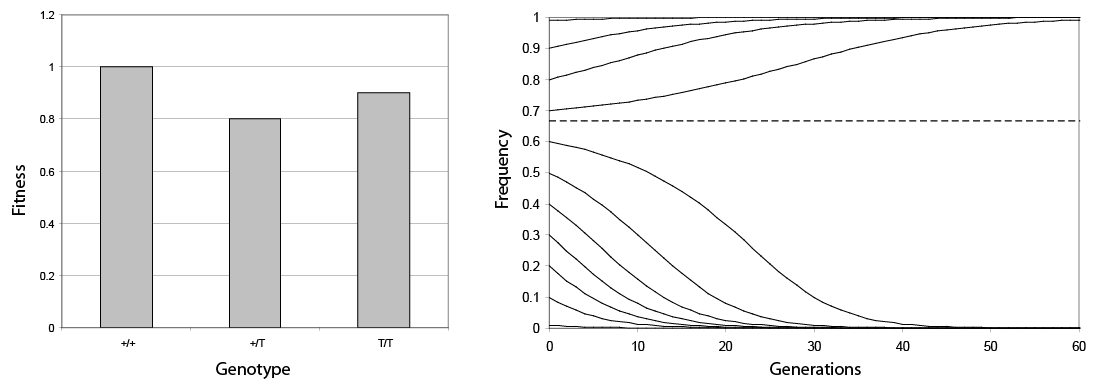
Department of Evolutionary Genetics
Max Planck Institute for Evolutionary Biology
24306 Plön, Germany
Phone: ++49 (0)4522 763 297
Fax: ++49 (0)4522 763 281
E-mail: reed@evolbio.mpg.de
 |
Population Genetics Group, Rm. 166 Department of Evolutionary Genetics Max Planck Institute for Evolutionary Biology 24306 Plön, Germany Phone: ++49 (0)4522 763 297 Fax: ++49 (0)4522 763 281 E-mail: reed@evolbio.mpg.de |
|
My notes on living in Germany and working at the MPI for non-EU-citizens. |

